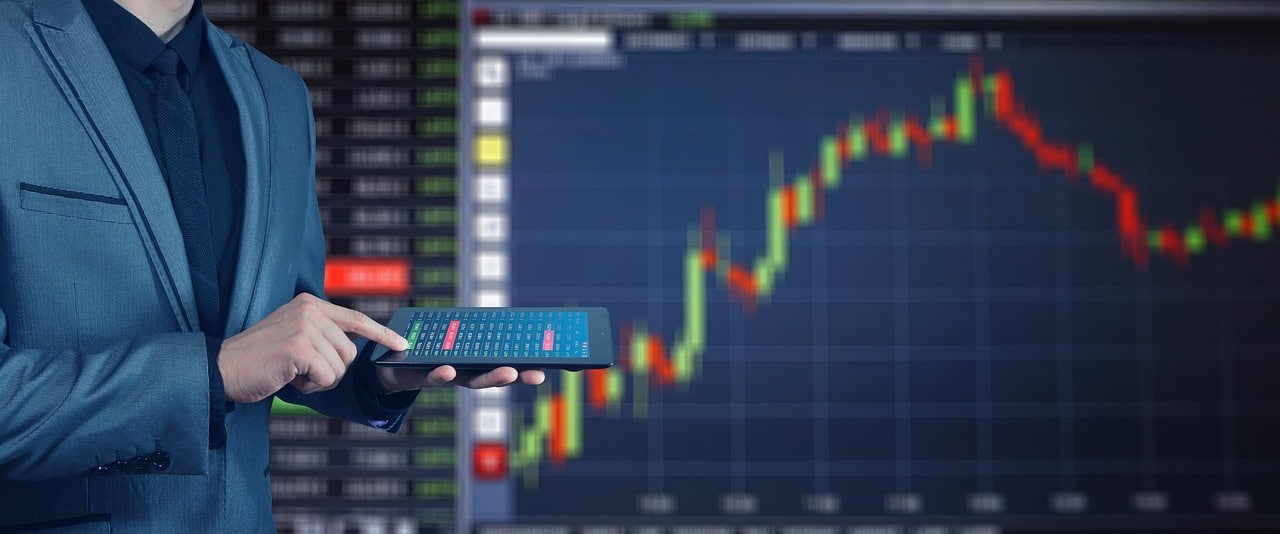Unveiling the Impact of Indices Trading on Global Economy

Indices trading, referring to the buying and selling of financial indices through derivative products like futures and options, has become an integral part of global financial markets.
Major stock market indices like S&P 500, FTSE 100, Nikkei 225, etc. are now actively traded in derivatives markets across the world.
This kind of trading provides investors with a means to speculate on overall market movements rather than on individual stocks.
The Growing Popularity of Indices Trading
Over the past few decades, indices trading has witnessed exponential growth owing to factors like financialisation of savings, technological advancements, product innovation, the higher degree of correlation among stocks, and increasing focus on portfolio diversification.
The simple strategies, low costs, high liquidity, and lower risks associated with indices trading in comparison to individual stock trading have also contributed to its popularity.
Today, the global indices trading volumes are estimated to be in trillions of dollars. Some reports suggest that S&P 500 index options and futures alone record trading volumes of over $200 billion daily.
This is several times more than the volume in the underlying 500 stocks. Such huge trading volumes undoubtedly impact global markets in more ways than one.
Influence on Market Volatility
One of the most visible impacts of large-scale indices trading is the higher intraday volatility it causes in equity markets.
Index trading allows speculation on market ups and downs without owning the underlying stocks. This tempts traders to take very large directional bets that can result in exaggerated price movements not linked to fundamentals.
For instance, industry experts often attribute the rising volatility of Indian markets to the surging futures and options turnover.
However, it has also ensured better price discovery by integrating information more efficiently into market prices.
Arbitraging Price Differences
Indices trading also enables arbitrage opportunities for traders. Theoretically, the derivatives price is linked to the spot price of the index.
When the two prices converge, traders can make low-risk profits by buying one and selling the other.
Their trades help iron out any price differences and contribute to efficient price discovery. But it can also transfer volatility between spot and derivatives markets during volatile periods.
Improved Price Discovery
The constant buying and selling between cash and the derivatives market helps incorporate new information more efficiently into prevailing index levels.
The futures and options market relies on market expectations to determine fair index levels, while the cash market reacts only to concrete news and events.
The frictionless interplay between the two enables better price discovery for the overall market.
Attracts Global Liquidity
Indices trading has opened emerging equity markets to global investors who find betting on indices safer than individual stocks.
It has connected regional equity markets to global participants – investment banks, hedge funds, and other institutional investors.
This has not only narrowed the cost of capital for countries and companies but also lowered trading costs in spot markets while improving liquidity.
Diversification and Risk Management
Indices trading has promoted diversification as a risk management strategy among investors.
Instead of picking individual stocks, investors are opting for index funds and ETFs to diversify their portfolios efficiently.
Portfolio managers also use equity index futures and options as hedging instruments to protect their portfolios from unpredictable market movements.
The average investor is now using indices to meet various investment objectives.
Impact on Investor Psychology
The sheer scope and scale of indices trading has impacted investor psychology in more ways than one.
Firstly, the ability to simply track market movements rather than identify value has made investing activity more speculative in nature.
Secondly, access to leveraged products has increased risk appetite among all classes of investors.
However, on the positive side, it has helped investors better understand correlation of individual stocks with broader markets.
They are now using indices as benchmarks more actively for making investment decisions.
Rising Correlations
The burgeoning indices trading volumes have increased correlation within markets. Stocks are increasingly moving together depending on overall trends in benchmark indices like S&P 500.
Company-specific factors are taking a backseat when index trading activity is high. Academicians argue that high correlation is here to stay as financial markets globalise.
Indices trading has strengthened the linkage between regional equity markets and global benchmarks. So, stocks can be expected to sway more with external factors.
Impact on Real Economy
While indices trading is often criticised for distorting price movements, supporters argue it has benefited the real economy equally.
Companies are enjoying easier access to capital with lower costs, encouraging business investments and job creation.
It has opened doors for governments to divest public sector companies more efficiently through indices trading.
The growing flock of retail investors has also added depth to stock markets across the globe thanks to index-linked products. So, the final impact can be termed as constructive.
The growing popularity of indices trading has integrated global equity markets like never before. It has emerged as an alternative asset class allowing distinct strategies not feasible in individual stocks.
With trading volumes growing continuously, indices trading is expected to play an even greater role in enhancing price discovery and risk management in global markets.
However, concerns regarding its impact on market stability cannot be ignored either. Regulators and policymakers have the tricky task of balancing the merits and risks of this form of trading.







